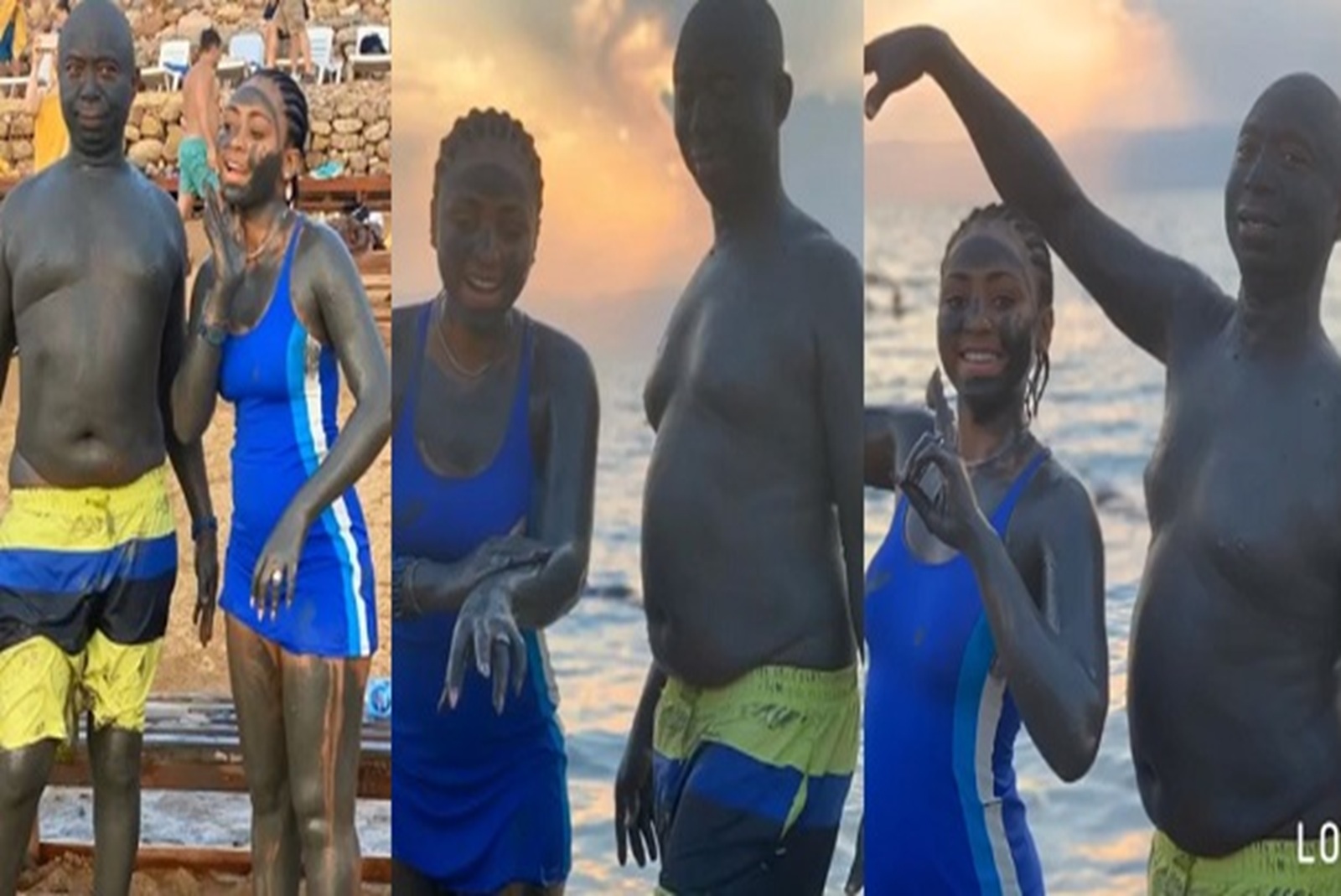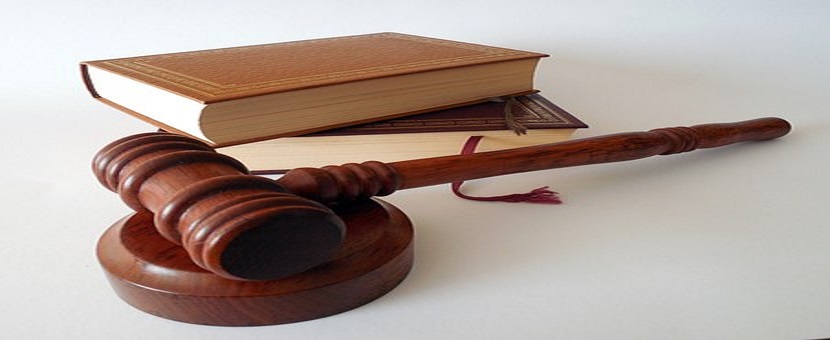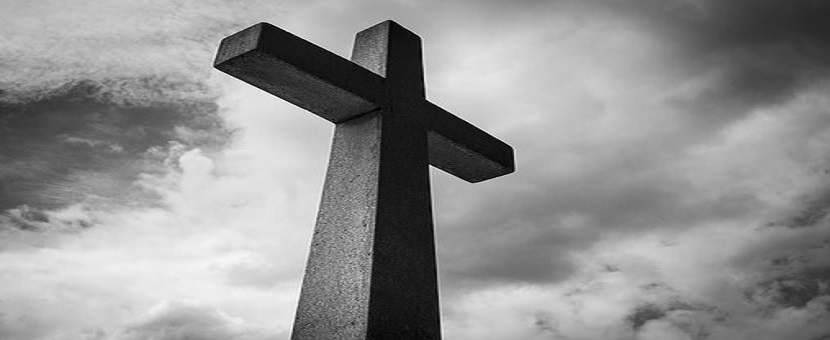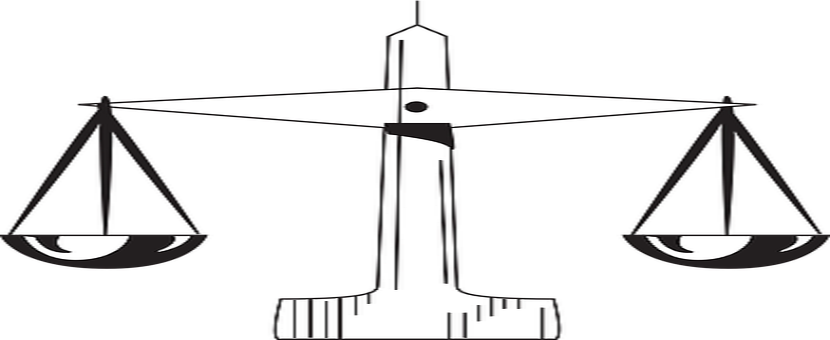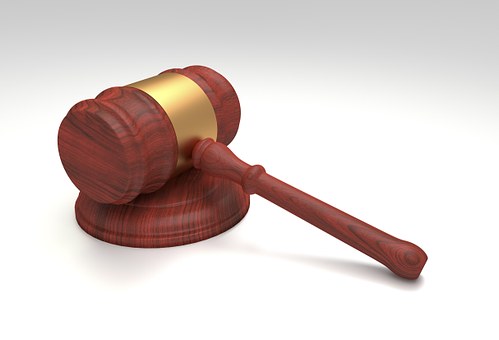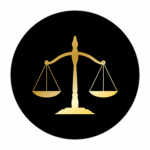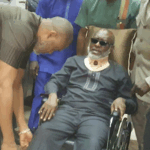Bello v. C.O.P. [2018] 2 NWLR (Pt. 1603) 267 at 322, paras. G-H, per Muhammad, JSC:
“The known principle of procedure is that where a different judge who did not conduct the trial from the start including arraignment, taking of and evaluating all evidence placed before him, making his findings based on the evidence and submissions of counsel, he cannot, legally speaking, partake at the middle or end of the case. He has to start de novo.”
Notes:
Of course, the learned Justice of the Supreme Court was right when he observed that the above principle of procedure is well known. As such, no authority is needed to back it. It is trite and agrees with common sense and logic. The Judge in such circumstance described above has to start afresh. However, what transpired in this case is seriously dumbfounding.
The Appellant was charged at the Plateau State High Court, Jos Division, on a two count charge of unlawful possession of firearms and ammunitions. The Appellant’s trial commenced before A. L. Allagoa, J. At the close of the case of the prosecution (Respondent), the Appellant opened his defence and the matter was adjourned for cross-examination.
In an unprecedented twist of events, on the day slated for cross examination, another Judge, S. J. Adah J., sat for the matter instead of Allagoa J. The new Judge, Adah J., conducted the proceedings as the Appellant faced the fires of cross-examination and the waters of re-examination. Thereafter, Adah J. adjourned for adoption of final addresses following the close of the case of the defence.
In yet another dramatic turn of events, on the day of adoption of final addresses, Allagoa J., the original Judge, resurfaced again and conducted the proceedings wherein the respective Counsel adopted their final addresses. Allagoa J. adjourned for Judgment. Subsequently, Allagoa J. found the Appellant guilty as charged and same was upheld by the Court of Appeal. The Appellant appealed to the Supreme Court.
Before concluding on the merits of the appeal as to whether or not the decisions of the lower courts were to be upheld or set aside, the Supreme Court stated its position on the intervention by Adah J. during the trial. Muhammad, JSC who expressed the opinion of the apex Court asked a number of questions in utter disbelief:
“What a hoax? What a bizarre? Was it a genuine mix-up of records of proceedings of two different courts with two different judges, with same parties, or what? Was there a reason for Hon. Justice Allagoa not to be in court on 18/3/2008 or it was a mistaken date? What brought about his Lordship, Hon. Justice Adah to sit (at the tail end of the case) to conduct a cross and re-examination; give dates for settlement of final addresses and then adjourn for adoption of the addresses? Even the date when Hon. Justice Adah signed that proceeding, i.e. 23/10/12 stood in conflict with the date when the proceeding was conducted, i.e. 18/3/2008.”
His Lordship thereafter reasoned:
“My Lords, several things are wrong with the development in this case. This hoax (for a different Judge to abruptly come into a case which was almost completed, but only to conduct a cross and re-examination which is unheard of and unprecedented) that spells doom for the entire system of adjudication. The truth is that such a hoax and/or bizarre, is capable of rendering not only that particular proceeding null and void but the whole judgment.”
Well, the Supreme Court has asked all the questions and made the significant point which needed to be noted. Indeed, the development is appalling and therefore needs to be checked.
The Supreme Court declared as void the entire proceedings conducted by Adah J. and all orders made, regardless of the correctness or otherwise of the dates stated (the dates must have been misstated) and same was expunged from the record of appeal. Anything which came into the case as a result of the void orders of Adah J. and relied upon by the trial Court in handing down its decision suffered the same fate. The apex Court however had reasons to decide the appeal based only on the trial/proceedings conducted by Allagoa J. as according to the Court, the interpolation did not affect same.
The Supreme Court found that the case of the prosecution was marred by irreconcilable inconsistencies in the evidence of the prosecution witnesses, and doubts consequently created. The prosecution, having not proved its case beyond reasonable doubt, the Supreme Court had no difficulty in setting aside the decisions of the lower courts and acquitted and discharged the Appellant.





